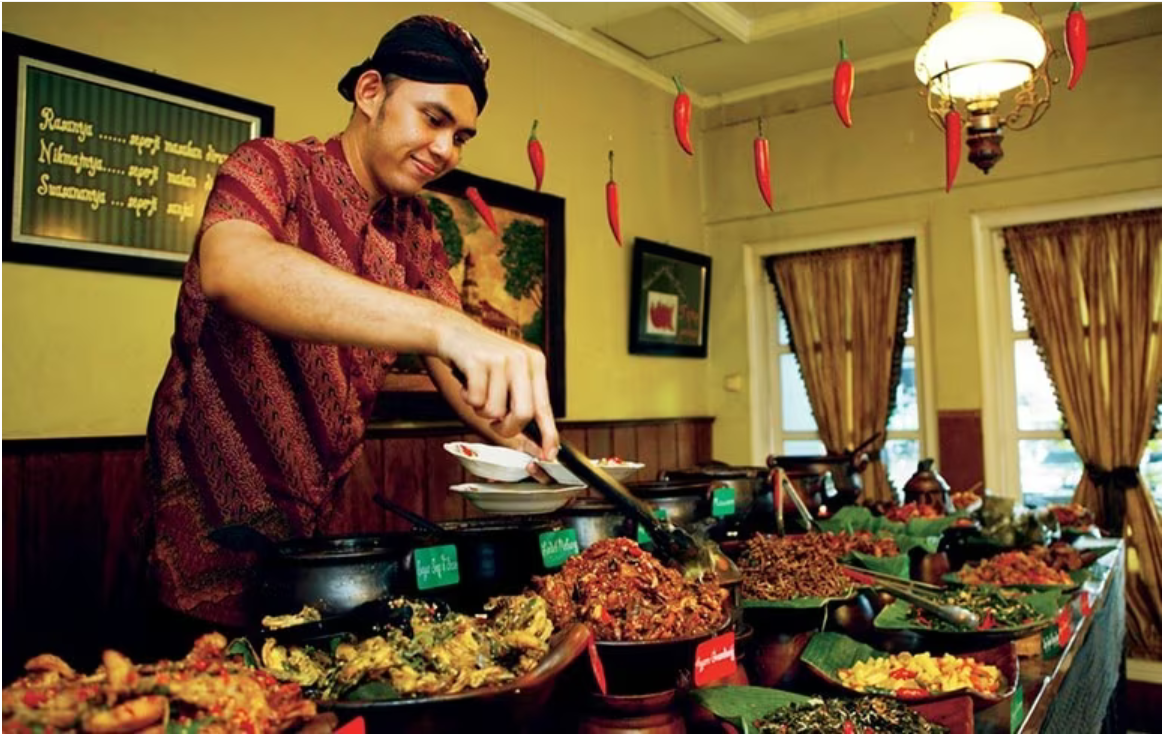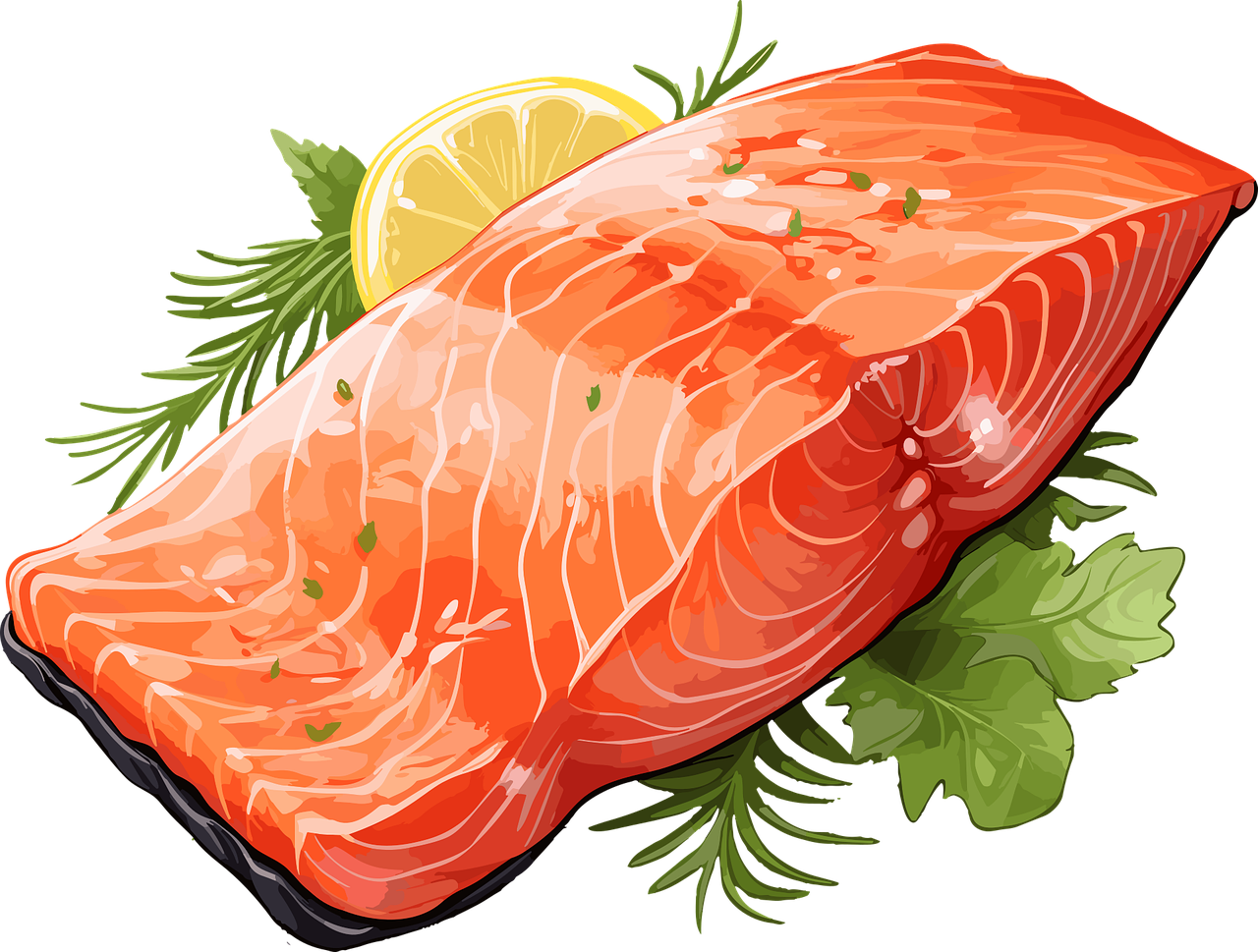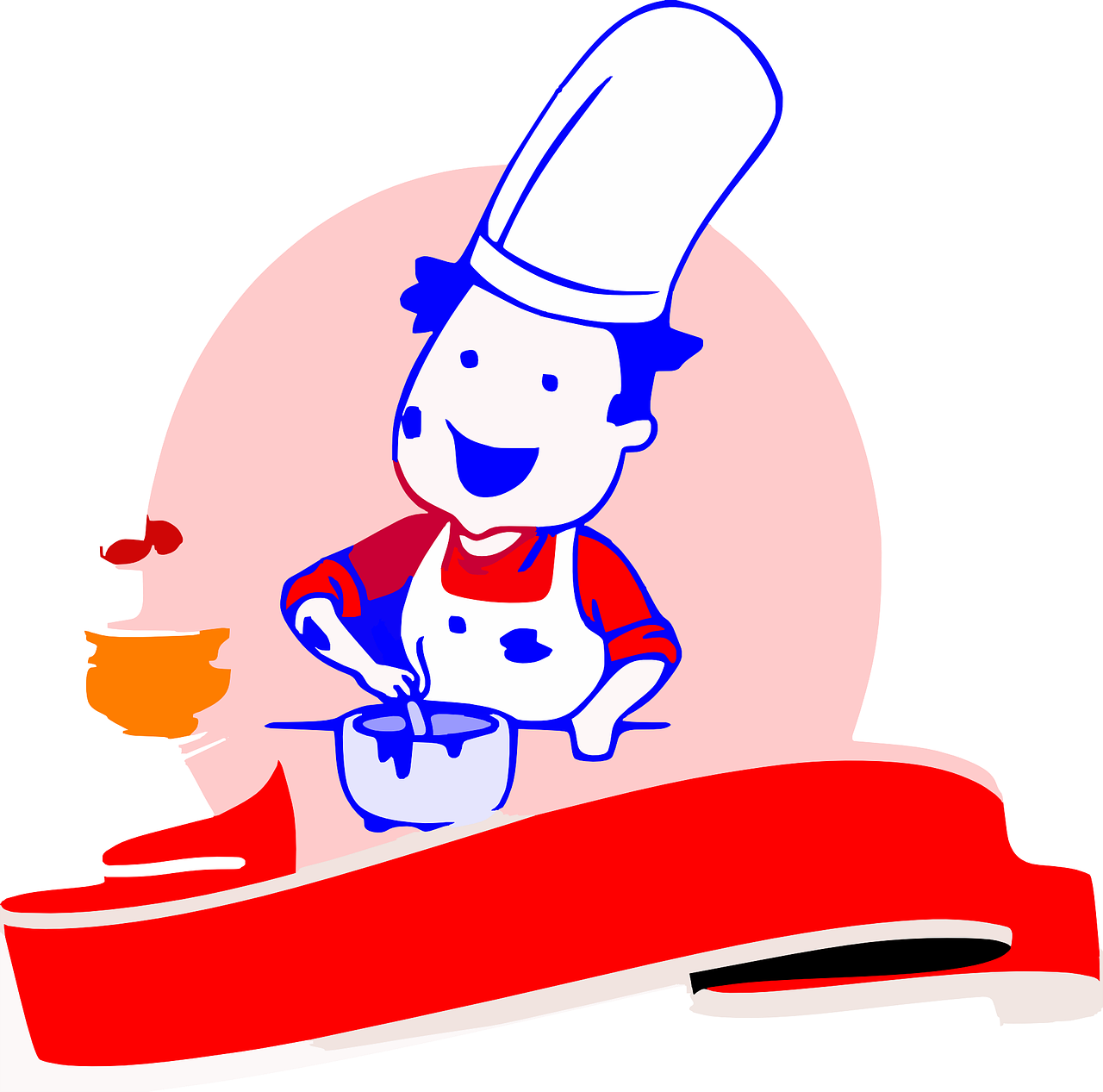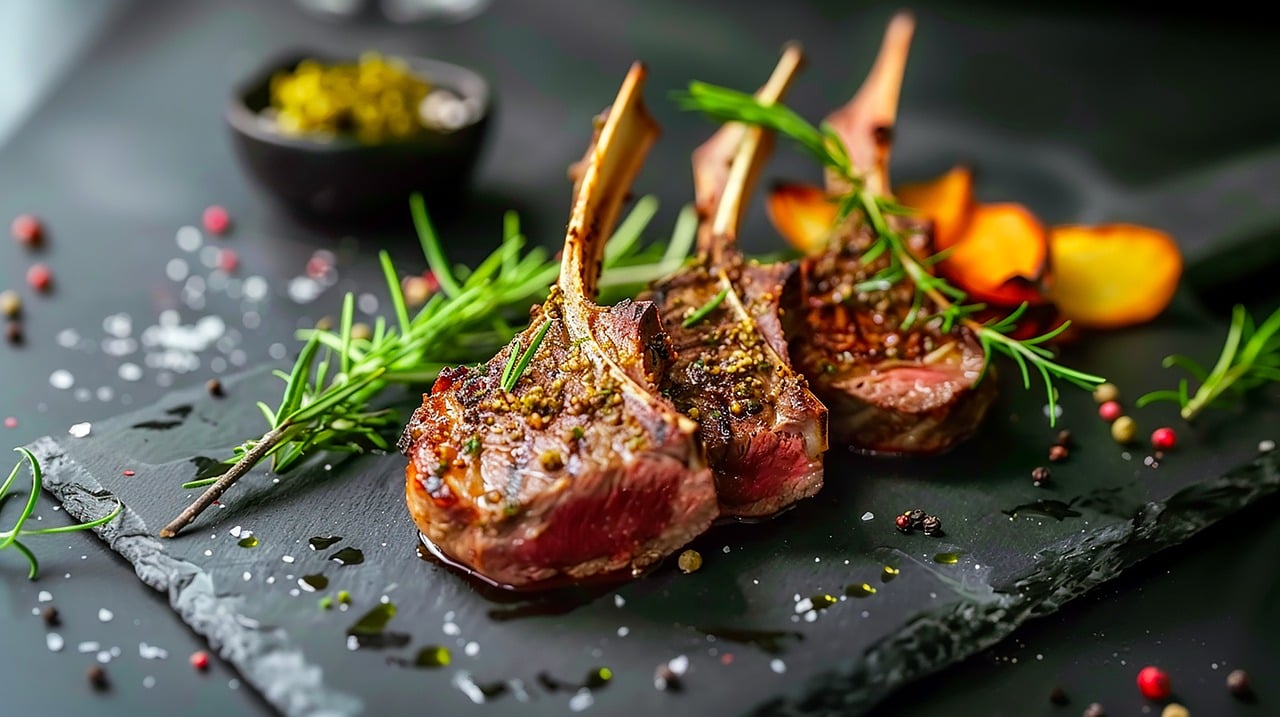Is it true that you are beginning to take a gander at various kinds of administration to introduce food to your visitors? This system is essential for any food business because it will affect how it operates. The food administration industry is testing yet making a framework every step of the way will make you stick out.
What is Food Administration?
Food administration is a cycle or framework where food is served to a visitor or client in a foundation. It’s about getting food and drinks from where they come from to where they are consumed and figuring out how many people are needed to do so.
Kinds of Food and Refreshment Administration
You’ll be able to choose which of these five food and beverage services to use for your restaurant with a better understanding of their advantages and disadvantages.
1. Service by waiters
This kind of service, also known as sit-down service, requires a waiter to handle everything, including taking orders, serving food, and taking payments.
Benefits
- Administration is more customized as you serve cafes straightforwardly.
- You can oblige extraordinary demands all the more effortlessly contrasted with different administrations.
Challenges
- Because the waiter must both promptly serve and remember orders and service protocols, they need skilled service staff.
- More inclined to botches as miscommunication with the kitchen can prompt wrong requests being served to visitors.
2. Chinese meal administration
Another kind of waiter service involves having each waiter take care of a table or group of tables with between 10 and 12 people. Dishes are normally mutual and shared.
Benefits
- Visitors feel more loose due to the public sharing dishes.
- Pre-ordered food is typically served so that waitstaff need not worry about taking orders.
Challenges
- It requires a few talented staff in light of the fact that various tables you should have the option to all the while serve.
- Coordination with the kitchen is critical since servers should introduce the food at the same time.
3. Buffet administration
In a smorgasbord administration, visitors can pick their food from a more extensive determination made accessible on the smorgasbord line. There are 4 normal sorts of smorgasbord administration:
- Basic Smorgasbord – Visitors get food from a smorgasbord line and servers move around to tidy up tables and help visitors with minor solicitations.
- Station-type buffet – Servers serve the refreshments while visitors get different dishes from the smorgasbord line.
- A modified deluxe buffet with cutlery on the tables; While guests pick up the other dishes from the buffet line, waiters serve the beverages, coffee, and dessert.
- Fancy smorgasbord – Servers serve tidbits, soup or potentially plates of mixed greens, and refreshments. The remaining dishes are taken by guests from the buffet line.
Benefits
- Preparing buffet tables is simple.
- Servers center just around serving a couple of dishes and tidying up tables.
Challenges
- Due to time and resource constraints, it can be challenging to fulfill last-minute special requests.
- Because waiters only clear plates and have little interaction with diners, this service can make them feel isolated.
4. Self-service
In this sort of food administration, cafes spot, pay, and get their orders at a counter like quick easygoing and cheap food foundations.
Benefits
- Servers just have to remain behind the station counter to take orders.
- Because the food is self-service, there is no need for wait staff to move around the restaurant.
Challenges
- Coffee shops anticipate fast assistance, so you should get ready or pre-plan immediately.
- Busy times can be tiring and unpleasant in light of the fact that there might be lines.
5. Semi-self help
This kind of service, like self-service, requires diners to place their orders and pay for them at the counter, but wait staff serve the food when it’s ready.
Benefits
- Servers just have to remain at the counter to take orders and get installment.
- Because diners are identified by a number, services have an easier time delivering orders.
Challenges
- Since customers expect prompt service, you must prepare food quickly.
- During rush hour, when customers expect prompt service and a long line forms, it can be exhausting and even more difficult.
A few foundations likewise join two kinds of administration in their eatery. A few organizations have a smorgasbord administration, yet additionally offer a server administration for visitors who pick to look over an individually menu. Have you settled on how you will lay out your food support as of now? Picking among the kinds of administration is all dependent upon you yet ensure it fits the necessities of your objective market also.




